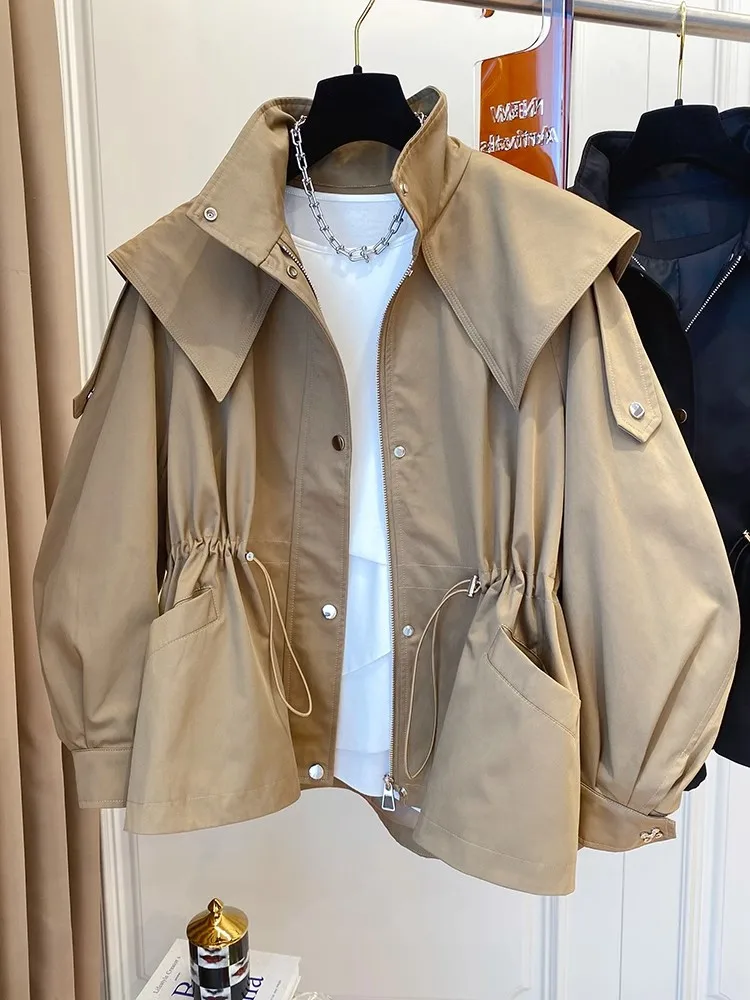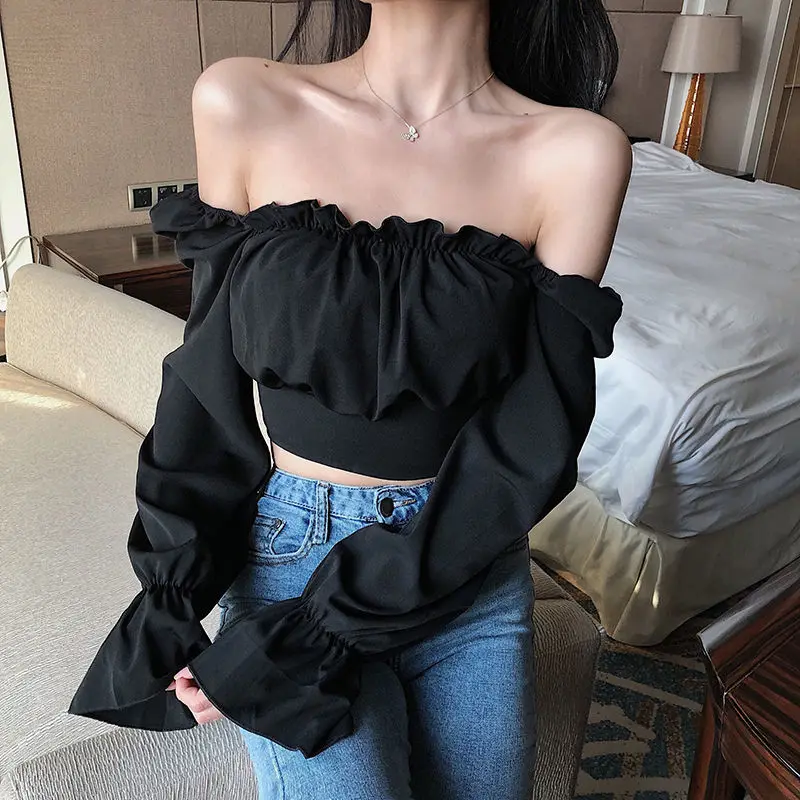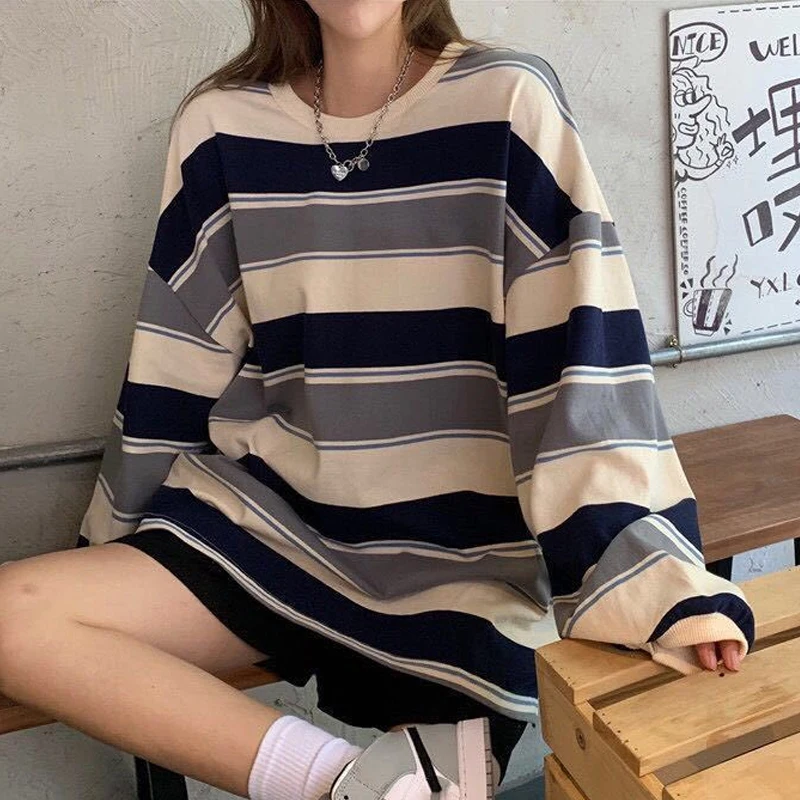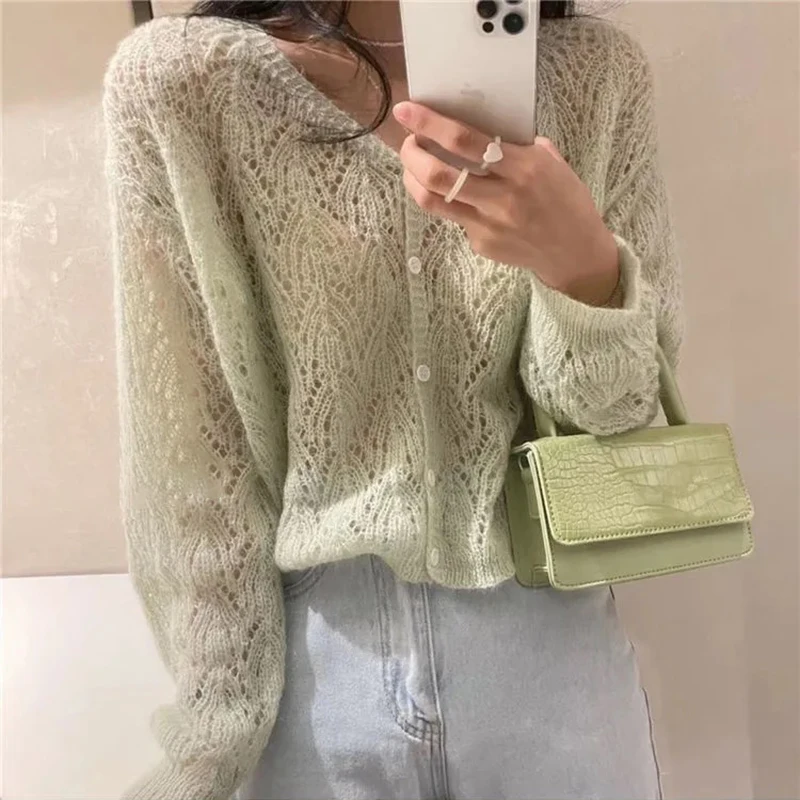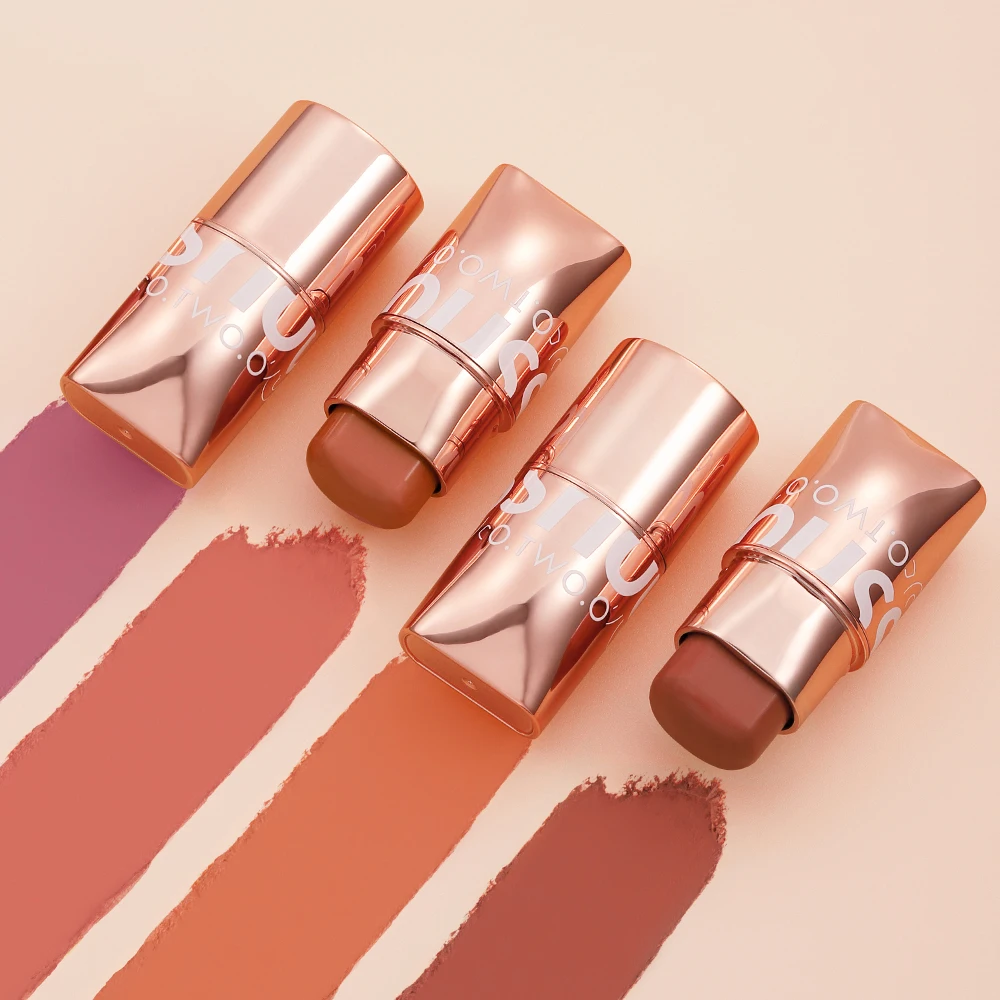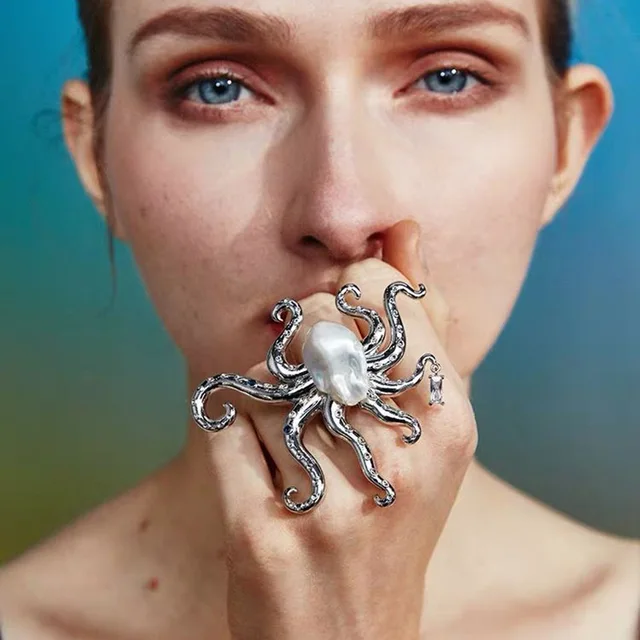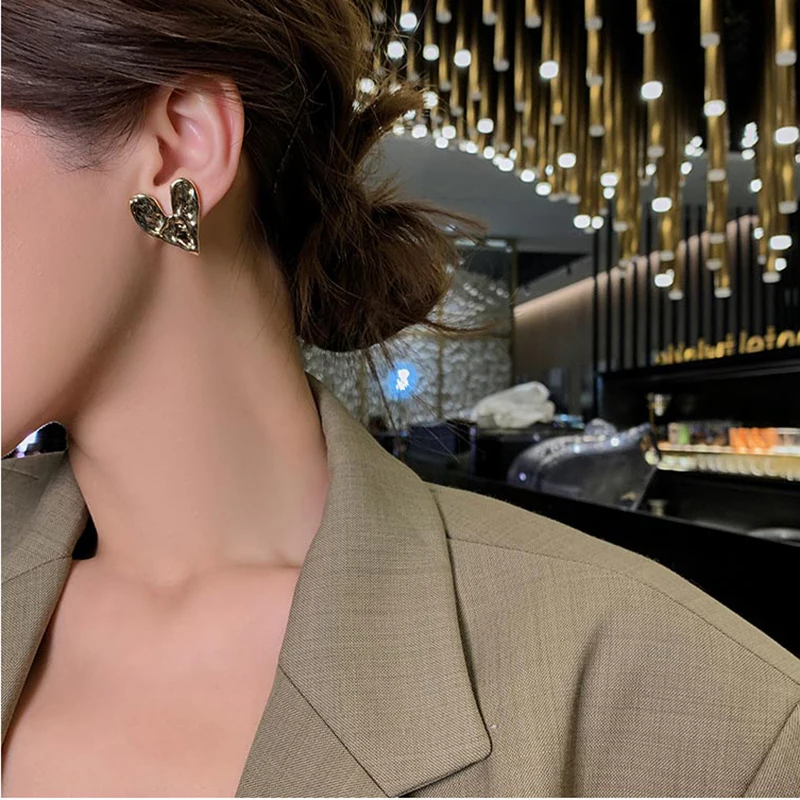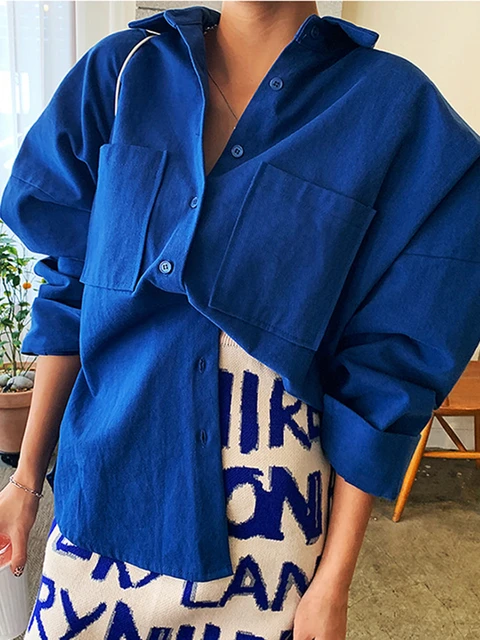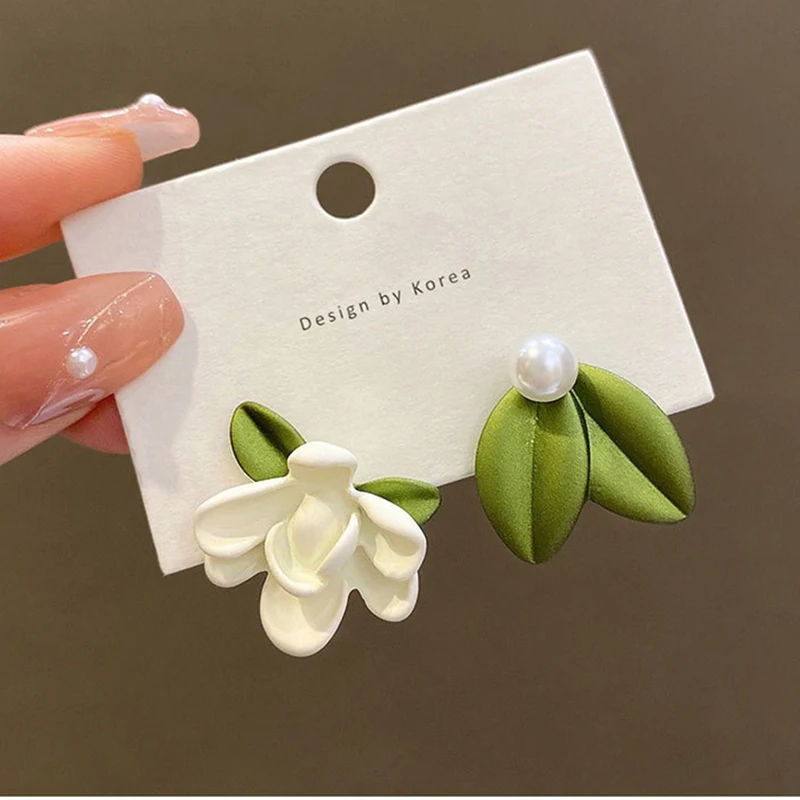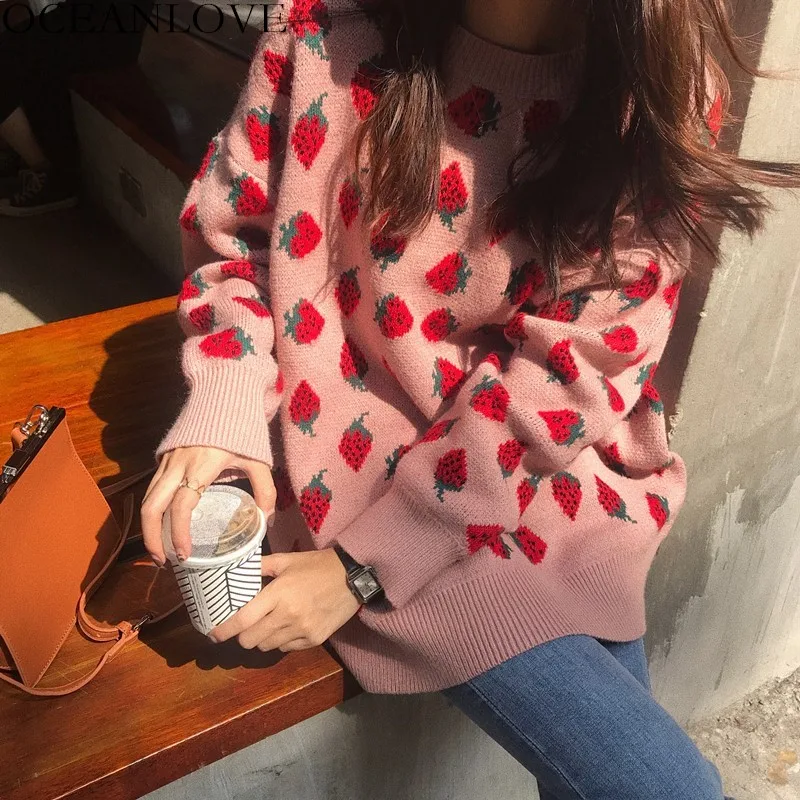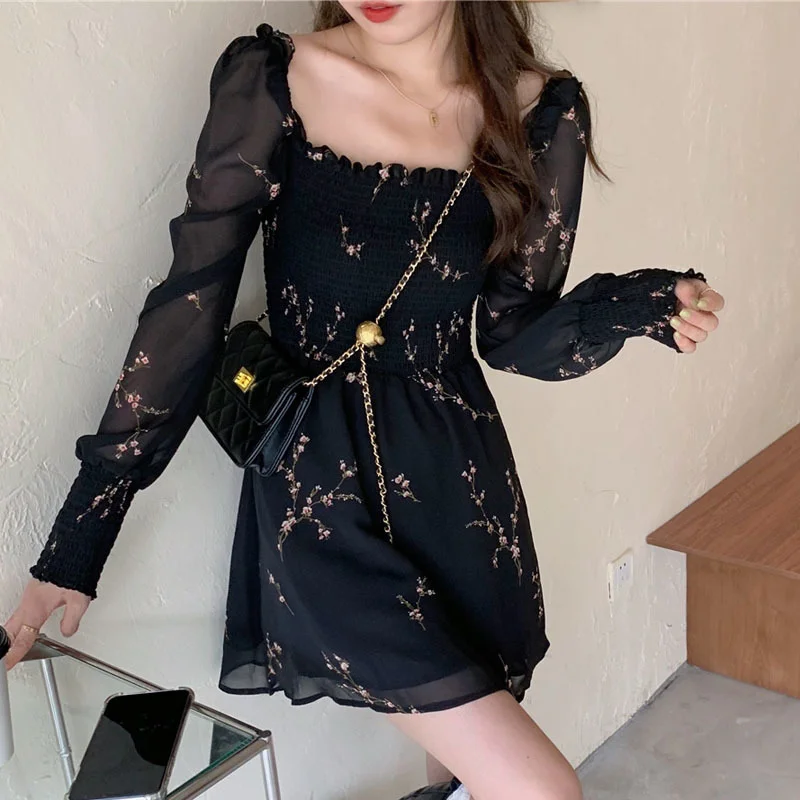
If you’re looking to spruce up your home, then we have just the essential design tip for you. We’ll show you how you can use this simple tip to transform your home and make it look and feel better than ever.
Image:
What is the Essential Design Tip?

The essential design tip we’re talking about is the use of lighting in interior design. Lighting is an often overlooked but important element in interior design. It can be used to create a certain atmosphere, highlight certain features of a room, and generally make a room more inviting and comfortable. Lighting can also be used to create a certain mood in a room, from subtle and inviting to bright and energizing.
Benefits of the Design Tip

Using lighting in interior design has a number of benefits. It can help to create a certain atmosphere, such as a cozy and inviting living room, or a bright and energizing kitchen. It can also be used to highlight certain features of a room, such as artwork or furniture. Lighting can also be used to create a certain mood in a room, from subtle and inviting to bright and energizing. And of course, it can help to make a room look and feel better than ever.
How to Implement the Design Tip

When it comes to implementing the design tip, there are a few things to keep in mind. First and foremost, you want to make sure that you are using the right type of lighting. Different types of lighting can create different effects, depending on the atmosphere you’re trying to create.
For example, recessed lighting can be used to create a subtle and inviting atmosphere, while spotlights can be used to highlight certain features in a room. You also want to make sure that you are using the right lighting for the right purpose. For example, ambient lighting can be used to create a certain mood, whereas task lighting can be used for activities such as reading or cooking.
It’s also important to consider the size of the room when choosing your lighting fixtures. Larger rooms will require more powerful and brighter lights, while smaller rooms may require softer and more subtle lighting. And of course, you want to make sure that you are using the right type of bulbs as well. For example, LED bulbs are more energy efficient, while incandescent bulbs can create a warmer and more inviting atmosphere.
Images:
Examples of Home Transformations

Now that you know the design tip and how to implement it, let’s take a look at some examples of how it can be used to transform a home. We’ll start with a living room. In this example, recessed lighting is used to create a subtle and inviting atmosphere. Spotlights are then used to highlight certain features, such as artwork or furniture. And finally, task lighting is used for activities such as reading or gaming. The result is a living room that is inviting, comfortable, and functional.
Next, let’s take a look at a kitchen. In this example, ambient lighting is used to create a bright and energizing atmosphere. Task lighting is then used for activities such as cooking or cleaning. And finally, spotlights are used to highlight certain features, such as the countertop or cabinets. The result is a kitchen that is bright, energizing, and functional.
Finally, let’s take a look at a bedroom. In this example, ambient lighting is used to create a subtle and inviting atmosphere. Spotlights are then used to highlight certain features, such as artwork or furniture. And finally, task lighting is used for activities such as reading or gaming. The result is a bedroom that is cozy, comfortable, and functional.
Troubleshooting Common Issues

When it comes to troubleshooting common issues, there are a few things to keep in mind. First and foremost, you want to make sure that you are using the right type of lighting for the right purpose. For example, ambient lighting should be used for creating a certain atmosphere, while task lighting should be used for activities such as reading or cooking.
It’s also important to consider the size of the room when choosing your lighting fixtures. Larger rooms will require more powerful and brighter lights, while smaller rooms may require softer and more subtle lighting. And of course, you want to make sure that you are using the right type of bulbs as well. For example, LED bulbs are more energy efficient, while incandescent bulbs can create a warmer and more inviting atmosphere.
Image:
Final Tips & Considerations

When it comes to using lighting in interior design, there are a few final tips and considerations to keep in mind. First and foremost, you want to make sure that you are using the right type of lighting for the right purpose. Different types of lighting can create different effects, depending on the atmosphere you’re trying to create.
It’s also important to consider the size of the room when choosing your lighting fixtures. Larger rooms will require more powerful and brighter lights, while smaller rooms may require softer and more subtle lighting. And of course, you want to make sure that you are using the right type of bulbs as well. For example, LED bulbs are more energy efficient, while incandescent bulbs can create a warmer and more inviting atmosphere.
Finally, it’s important to remember that lighting is an often overlooked but important element in interior design. It can be used to create a certain atmosphere, highlight certain features of a , and generally make a room more inviting and comfortable. So if you’re looking to transform your home, then this essential design tip is a great place to start.
Image: Etsy
Conclusion
In conclusion, using lighting in interior design can have a huge impact on the look and feel of your home. It can be used to create a certain atmosphere, highlight certain features, and generally make a room more inviting and comfortable. It’s important to make sure that you are using the right type of lighting for the right purpose, and that you are considering the size of the room when choosing your lighting fixtures. With the right design tip and implementation, you can transform your home and make it look and feel better than ever.
The post appeared first on .

